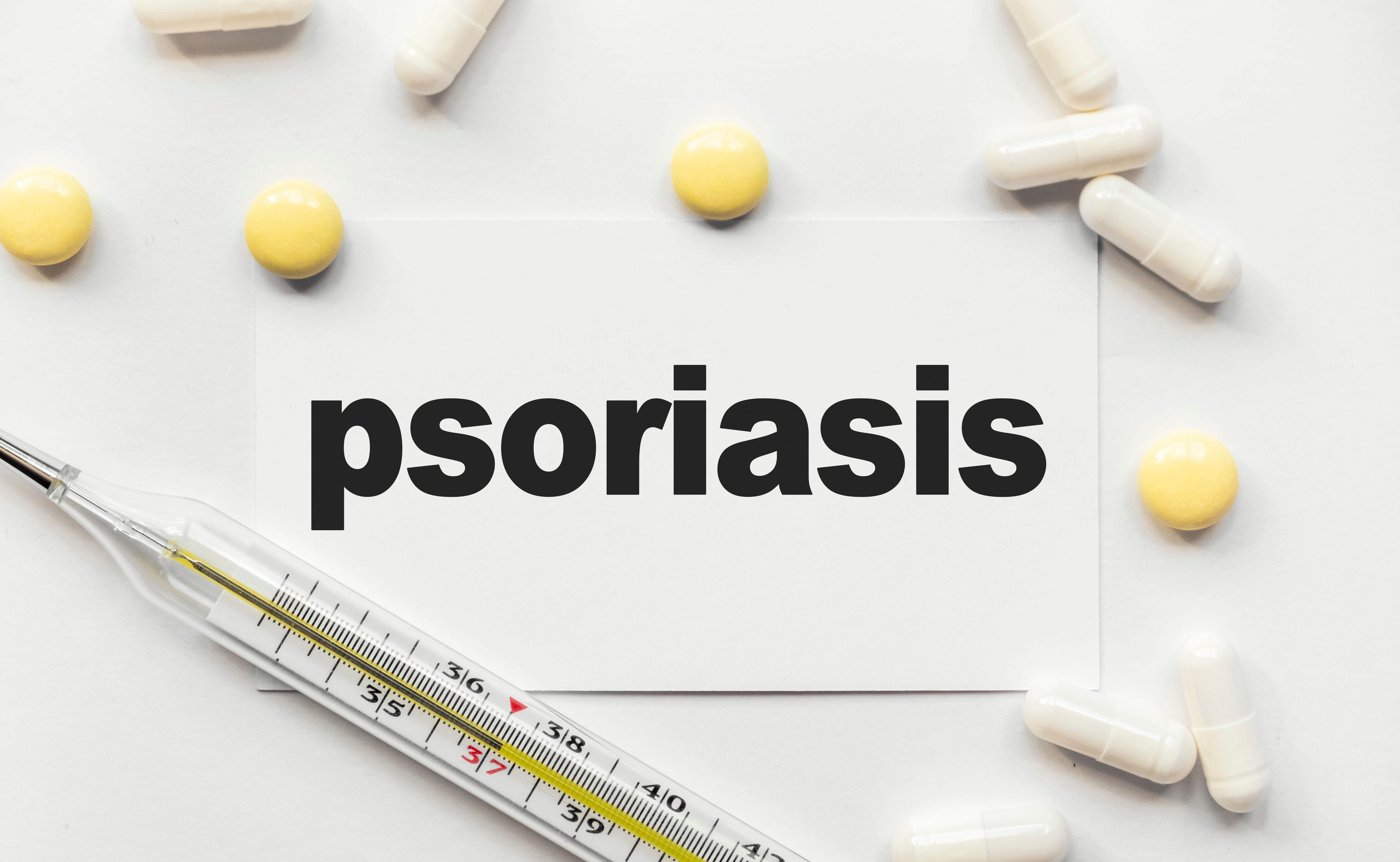Video
Understanding Plan B vs Plan D Coverage
A review of the Plan B and Plan D insurance coverage and the products that are covered differently based on administration.
Transcript
Peter L. Salgo, MD: Let’s do stuff that turns people’s eyes into helicopters. Let’s discuss insurance plans and money, and Medicare Part B, and Part D, the medical benefit versus the pharmacy benefit—save me from this, what are we talking about?
Peter Dehnel, MD: We’re talking about a very complicated system.
Peter L. Salgo, MD: I know it’s complicated, that’s why you’re here.
Peter Dehnel, MD: Well, that would be the next iteration of this discussion. We would have another 90-minute discussion.
Peter L. Salgo, MD: Oh, we’ve got less than that.
Peter Dehnel, MD: Yes, that’s what I’m looking at. I think Joel made the point, that there are so many different plans out there, it’s incredibly important to understand the environment in which you are working, either as a dermatologist, a primary care doctor, helping your patients navigate that very complicated Medicare, Medicaid commercial insurance space.
Peter L. Salgo, MD: Right.
Peter Dehnel, MD: I think that when you’re talking about some of these newer products that may literally be $5000 to $6000 per month for a treatment, or you can aggregate that over a year, you have a huge financial stake in these treatments, with maybe extremely effective outcomes for patients. So how can we help, how can we really help people, whether it be clinicians or patients, navigate the space the best? And that’s going to be individual to a region, to your practice, because different insurers have different plans.
Peter L. Salgo, MD: OK, this was brought up: Part B and Part D—Bravo and Delta.
Peter Dehnel, MD: Yes.
Peter L. Salgo, MD: What are they?
Peter Dehnel, MD: Part B tends to be the infusible kind of medication that would be covered because you’re going to a hospital-based treatment center. Whether it be an outpatient setting, it could be ambulatory, but things that get infused tend to fall under Part B. There’s also then Part D, which are things that could be subcutaneous or oral.
Peter L. Salgo, MD: Does Part D, subcutaneous but not IV [intravenous]-infused, cover doctor’s office injections every 3 months, or does that go to Part B?
Peter Dehnel, MD: If they’re infusible, that tends to be something within Part B.
Peter L. Salgo, MD: OK.
Steven Feldman, MD, PhD: Let me see if I understand things right.
Peter L. Salgo, MD: I’m so glad somebody else is confused.
Steven Feldman, MD, PhD: Part B refers to coverage of things you have done in the doctor’s office or outpatient setting. Part D covers pharmacy costs.
Peter Dehnel, MD: Correct.
Steven Feldman, MD, PhD: So those are the 2 buckets. And then the question is, you have some drug that could be given at home, or could it be given in the office; what bucket would it fall under? And my sense is it could depend on which insurer it is, and even within that 1 insurer, it could depend on which plan it was with that insurer, and there’s no way for me to know.
Peter L. Salgo, MD: Is there a formulary difference? In other words, do some insurers—not necessarily yours, and I don’t want to demonize anybody—but do some insurers simply say, “These are your Part B drugs, and these are your Part D drugs; this is covered if you take it at home, and this is covered if you take it in a doctor’s office, but this isn’t covered if you go here, and this isn’t covered if you go there?”
Peter Dehnel, MD: Yes.
Joel Gelfand, MD, MSCE, FAAD: Yes.
Peter L. Salgo, MD: Thank you for that, yes.
Peter Dehnel, MD: The other acknowledgement here is that, within the insurance world, many of these medications in pharmacy areas are actually delegated to a pharmacy benefit manager, so a PBM. And they will be making the criteria in terms of what’s covered and what’s not covered at what level.
Peter L. Salgo, MD: The compliance is better if patients come to you, they get their injection once every 2 weeks, once every 3 months, and if they don’t show up maybe you give them a phone call, and they come in and they get the drug. But if that’s not covered under the formulary, what do you do then?
Joel Gelfand, MD, MSCE, FAAD: That’s a real challenge for our patients, especially patients who have Medicare, who may have big gaps in their policy. And earlier, it was mentioned that oftentimes, the companies that are making drugs will fill in the gaps for co-pays. For example, patients are prohibited from that when they’re on federal insurance, right? So if they’re on Medicaid or they’re on Medicare, they’re not eligible for co-pay reduction or cost sharing things from pharmaceutical companies. It’s a real challenge for our patients, access to these therapies is a real challenge across the board for our patients.
Steven Feldman, MD, PhD: There is some help for that gap.
Joel Gelfand, MD, MSCE, FAAD: Occasionally there are foundations.
Steven Feldman, MD, PhD: Foundation support for those who don’t have enough income.
Joel Gelfand, MD, MSCE, FAAD: Right.
Steven Feldman, MD, PhD: I think we have this tendency to look at the glass being half empty when the glass is 90% full. Patients come to me and they’re like: “Doctor, listen, I’m totally uninsured, I’m not sure you’re going to be able to help me.” I’m like: “You’re not insured? That’s great. If you don’t have any money and no insurance, I can get you any of these drugs.”
Peter Dehnel, MD: Yes.
Peter L. Salgo, MD: That’s amazing. Welcome to this strange Kafkaesque world. And I think Kafkaesque is appropriate here. And let me ask you this, is there a preferred drug on your formulary?
Peter Dehnel, MD: For psoriasis there is.
Peter L. Salgo, MD: Which one is that?
Peter Dehnel, MD: Ironically, infliximab is one of the biologics that is preferred. And it’s not the biosimilar version of infliximab. So you have to try and fail, basically, infliximab first, and then you can go on to other products.
Joel Gelfand, MD, MSCE, FAAD: That would not be consistent with how most dermatologists think about treating their patients. And we very seldom use infliximab for psoriasis, predominantly because we try to optimize safety as much as possible. We know Remicade is associated with higher rates of infections, for example, there are infusion reactions. So we usually don’t go there. It’s usually not a drug that we commonly use.
Steven Feldman, MD, PhD: I think, partly, we don’t use it because we don’t do infusions in our office. We’re like a busy emergency department with people coming and going. We don’t have 1 big room where a single nurse could supervise. But if an insurer said, “Do infliximab first,” on the one hand I could say, “Well you know the serious infection rate for infliximab is 3 times the rate for these newer drugs.” On the other hand, I could say, “Well 99 out of 100 don’t have a serious infection with the newer drugs; 97 out of 100 don’t have a serious infection with infliximab.” Is there really a difference between the 2?
Joel Gelfand, MD, MSCE, FAAD: That’s the difference between an individual provider and a payer, right? If you’re a payer, you’re treating potentially thousands of people, and it’s where you are going to lead to bad events that could have been prevented with a different strategy.
Newsletter
Stay ahead of policy, cost, and value—subscribe to AJMC for expert insights at the intersection of clinical care and health economics.





